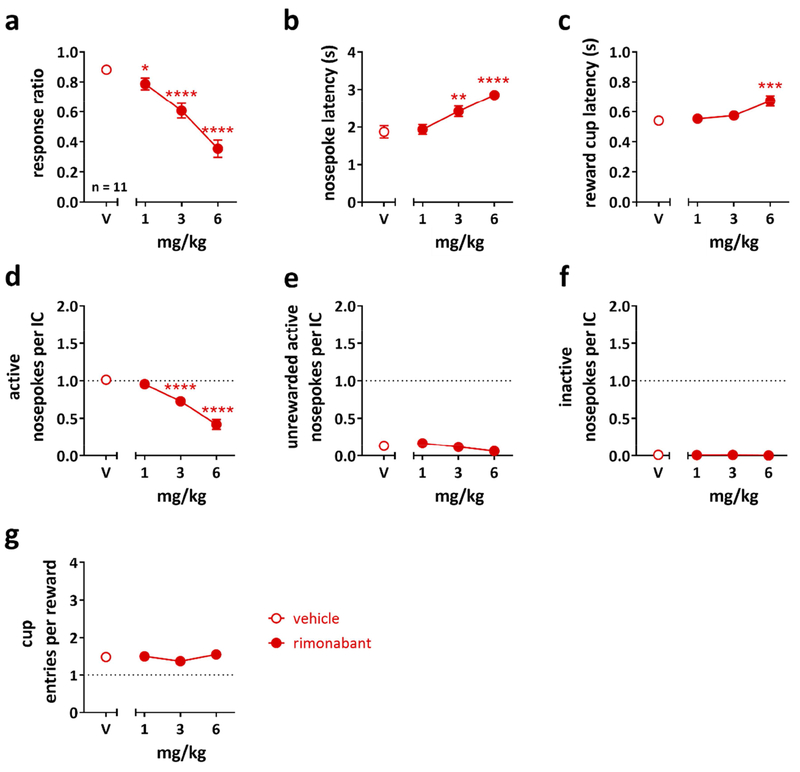Figure 2: Cannabinoid type 1 (CB1) receptor antagonism decreased responding to incentive cues, while some aspects of motivation for the sucrose reward were retained.
Effects of the CB1 receptor antagonist rimonabant on (a) the response ratio, (b) the nosepoke latency, (c) the reward cup latency, (d) the number of active nosepokes per IC, (e) the number of unrewarded active nosepokes per IC, (f) the number of inactive nosepokes per IC, and (g) the number of cup entries per reward in the IC task in rats (n = 11). Data is expressed as mean ± SEM of an entire 1-h session. Statistically significant differences between drug dose and vehicle (V) as control treatment are indicated by asterisks (one-way repeated measures ANOVA, post-hoc Holm-Sidak correction, * P < 0.05, ** P < 0.01, *** P < 0.001, **** P < 0.0001).

